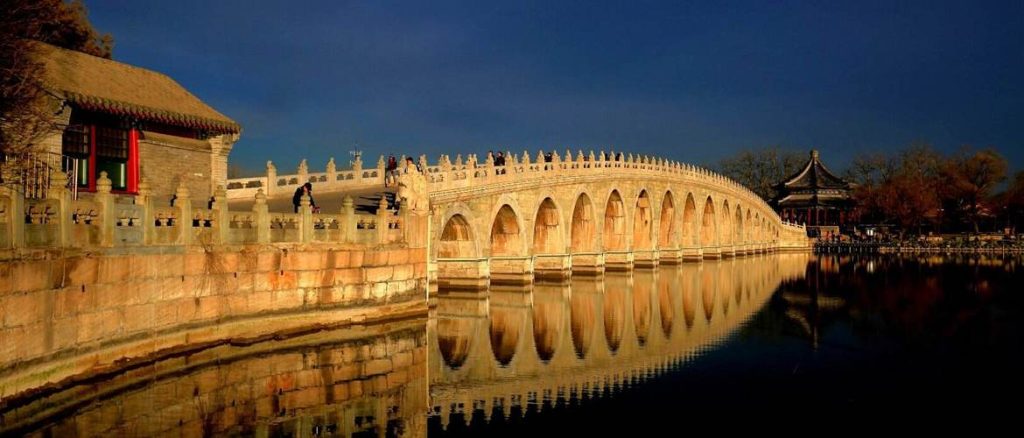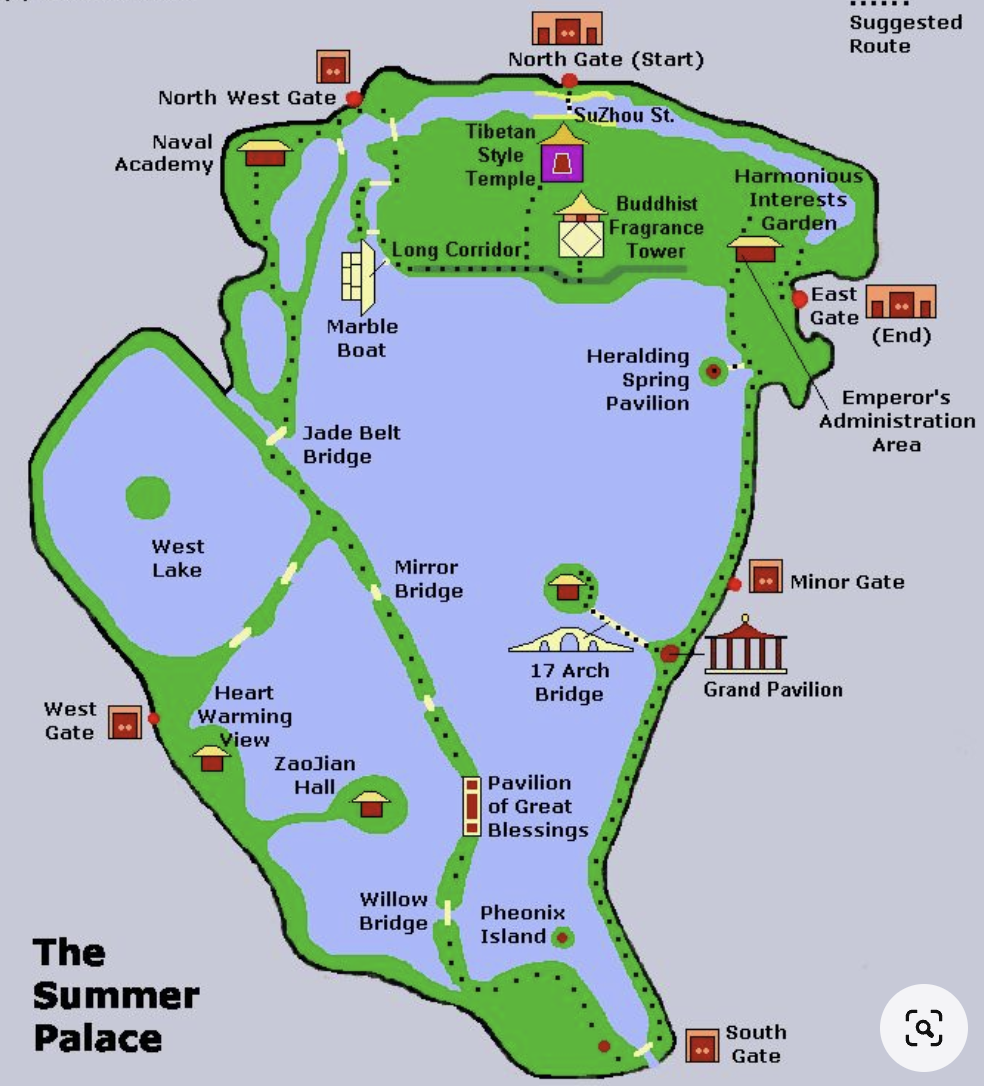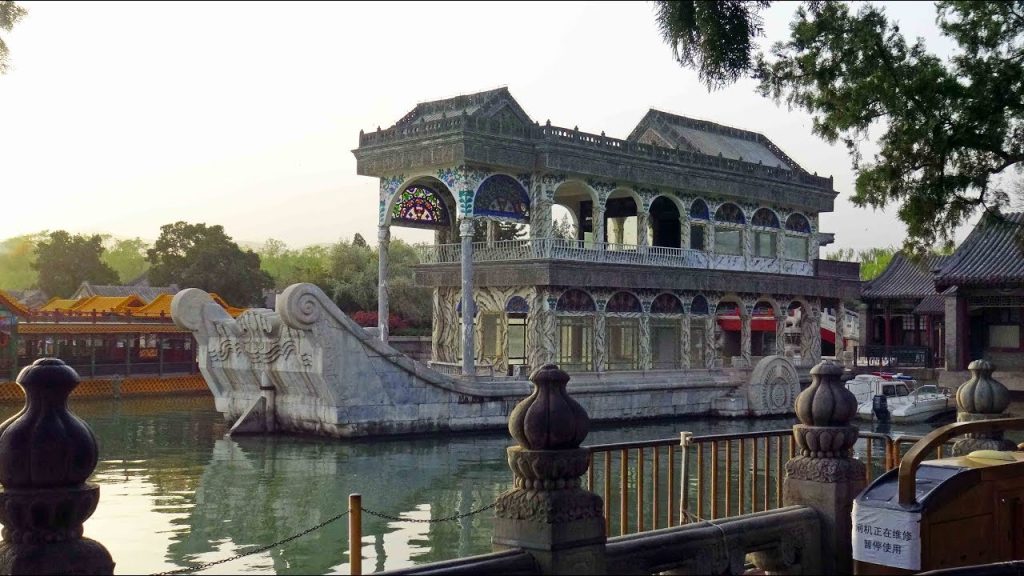Why Travel with Discover Beijing Tours

Unique Experiences
Enjoy a premium trip that goes beyond the typical tourist attractions.

Well-Selected Local Guides
Knowledgeable, enthusiastic, and attentive — your personal local guides will share interesting stories, insider information, and even create unexpected highlights!

Your Booking is Risk-Free
Cancel up to 24 hours before the travel date in advance for a full refund
Popular Beijing Tours
Start from 202USD P/PPrivate Beijing Layover Tour: Mutianyu Great Wall and Forbidden City with Cable Car and Meal
Start from 128USD P/P4-Hour Private Illuminated Beijing Tour with Authentic Chinese Dinner on Hutong Street
The Summer Palace
The Summer Palace, in Chinese Yihe Yuan(颐和园), is now the largest and the most well-preserved imperial garden in China, counted as one of the four famous Chinese imperial gardens (the other three being Chengde Summer Palace, Suzhou Humble Administrator’s Garden, and Suzhou Lingering Garden). It was listed as World Heritage by UNESCO in 1998.
Summer Palace History
Construction — Began in 1750
The Summer Palace was created in 1750, Emperor Qianlong built this palace to celebrate his mother’s sixtieth birthday. It was called Qingyi Garden(The Garden of Clear Ripples) at first.
Burned — 1860
In the late Qing Dynasty, due to the weakening of national power, the garden was gradually abandoned. Qingyi Garden was destroyed by British and French troops during the Second Opium War in the 1860s.
Rebuilt — 1884–1895
Empress Dowager Cixi Cixi spent a large amount of money to rebuild a similar garden, for luxury and pleasure in summer time, and changed its name to the Summer Palace (Yiheyuan), its present name.
Destroyed – 1900 and Rebuilt -1902
In the late Qing Dynasty, 1900, the Summer Palace was damaged again by eight European countries’ allied forces, and many national treasures were looted. But it was rebuilt again in 1902 by Empress Dowager Cixi.
Opened to the Public — 1914
In 1912, the Qing Dynasty ended, and the Summer Palace became the private property of the former imperial family of the Qing Empire. In 1914, the Summer Palace was opened to the public.
After 1949, the Summer Palace was repaired and protected by the government, and on March 4, 1961, the Summer Palace was announced as the first National Cultural Relics Protection Site.
Tower of Buddhist Incense (佛香阁)
First built in 1750, the eight-facade tower is 41 meters high with three levels. Standing highly atop the Longevity Hill, this tower, as the symbol as well as the highest building of the Summer Palace. Empress Dowager Cixi went there every month to worship Buddha.
Hall of Dispelling Clouds (排云殿)
For Empress Dowager Cixi to meet guests, host grand ceremonies, and celebrate her birthday.
Hall of Benevolence and Longevity (仁寿殿)
The building was built in 1750, burned down in 1860 by the English and French troops and rebuilt in 1888 by the Empress Dowager Cixi. For administering government affairs, receive greetings, and receive foreign envoys.
The Long Corridor(长廊)
The Long Corridor is 728 meters long and has 4 octagonal gazebos representing the four seasons. The beams and ceilings of the walkway are profusely decorated with over 14,000 paintings depicting scenes from Chinese history, literature and mythology and lots of flowers and animals including horses, birds, fish and insects.
The Garden of Virtue and Harmony (德和园)
It was built as a theater for the Empress Dowager Cixi. The three-story theater stage is the biggest and best-preserved wooden stage in China.
Sea of Wisdom (智慧海)
Commissioned by the Qianlong Emperor, the Sea of Wisdom is a religious sanctuary built of brick and stone. Over a thousand niches containing Amitabha Buddha statues on the exterior walls and other Buddhist statues in the hall. In 1900, the glazed Buddha statues on the exterior walls were brutally damaged by the Eight-Nation Alliance.
Hall of Jade Ripples (玉澜堂)
The living quarters of Emperor Guangxu (1871–1908). When Empress Dowager Cixi gained real power, Emperor Guangxu was under housing arrested there.
Hall of Joy and Longevity (乐寿堂)
The living quarters of Empress Dowager Cixi. This large complex enjoys a prime position, facing the Kunming Lake, and backing onto the Longevity Hill.
Suzhou Street(苏州街)
Recreation of the traditional riverside shops. The Emperors, or his concubines can enjoy ‘pretend-shopping’ here, as normally everything was bought for them.
The Marble Boat(石舫)
It is the only Western-style structure in the Summer Palace. It was first erected in 1755 during the reign of the Qianlong Emperor. In 1860, during the Second Opium War, the pavilion was destroyed by Anglo-French forces. It was restored in 1893 on order of Empress Dowager Cixi for her to enjoy the lake scenery.
Kunming Lake (昆明湖)
Kunming Lake takes up about 75% of the park. This lake used to be a much smaller water source near Beijing. Before this water reservoir becomes a man-made lake. Most of the expansions took place during the time of the Qianlong Emperor, who used about 10000 laborers for this end. They used the extracted ground as a means to increasing the area around longevity hill.
Seventeen Arches Bridge(十七孔桥)
It connects eastern shore of Kunming Lake and Nanhu Island, built during the reign of Emperor Qianlong. The bridge is 150 meters (164 yards) long and 7 meters (23 feet) high, which gets corresponds with the grandeur of the imperial garden. The bridge is decorated with 544 delicately carved lions. 
Nanhu Island (南湖岛)
With an area of over one hectare (2.5 acres) is the largest one among the three islands in the Kunming Lake. Seen from the distance, the island together with the Seventeen-Arch Bridge looks like a tortoise stretching his neck. As tortoise is a symbol of longevity in Chinese culture, the similarity in shape justly satisfied Emperor Qianlong.
The main structures on the island are the Hanxu Hall and the Dragon King Temple. Dragon King was deemed as a mythical divine master of the rain. Every time Cixi came to the Summer Palace by waterway, she made a stop-over for the set purpose of worshiping at the temple.






